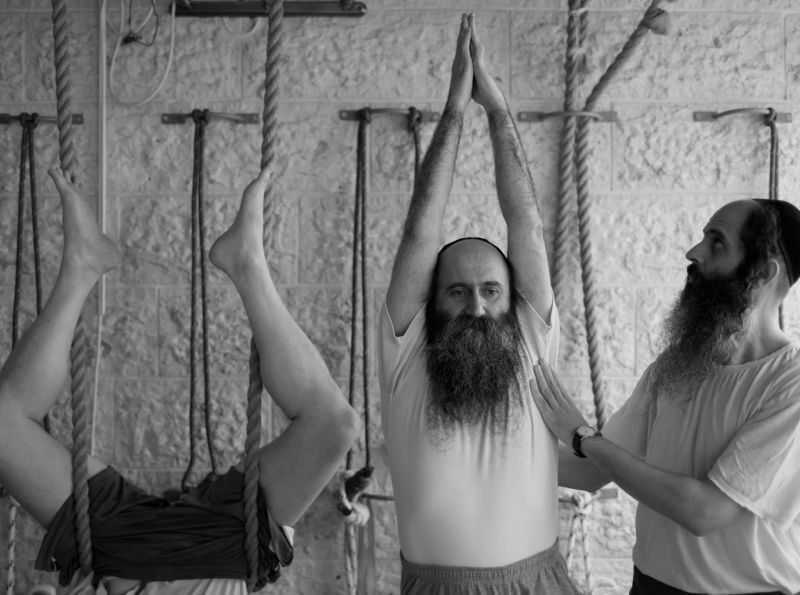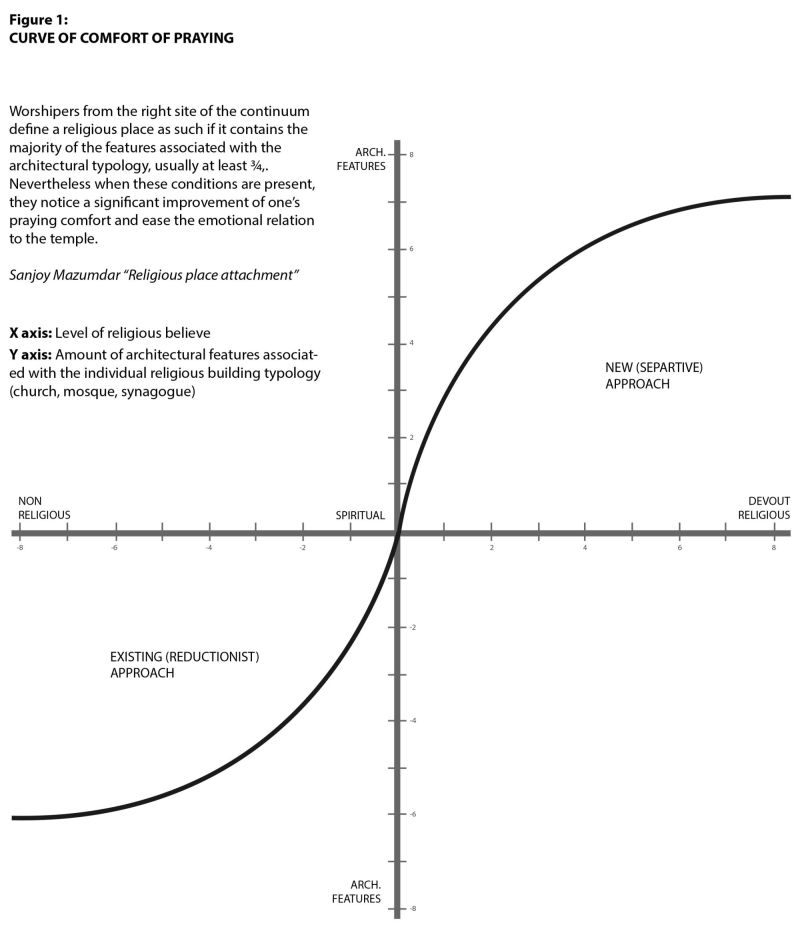

Master's thesis work
MULTI FAITH ARCHITECTURE
Multi faith architecture developed only recently as a building typology, yet there already exist more than 1 500 multi faith buildings in USA and UK alone. Such architecture has two main purposes. One is to provide a functional place to worship for religious people of different faiths in one building or complex. The other is to be a tool for interfaith dialogue and so a symbol of peace. As such it functions by pushing together people from different religions and in this way makes them interact and learn about their shared value.